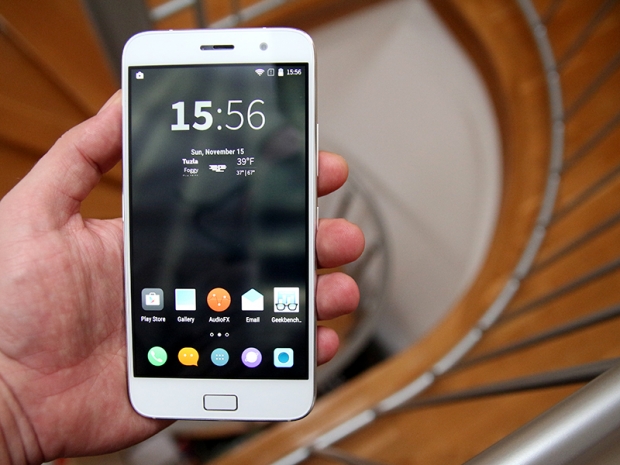ZUK is a new Lenovo brand, so on top of Motorola and Lenovo phones, the company now has a third brand. ZUK products are coming to a lot more markets than Lenovo phones, so Europe should get them as well, along with some countries in the Middle East and Russia.
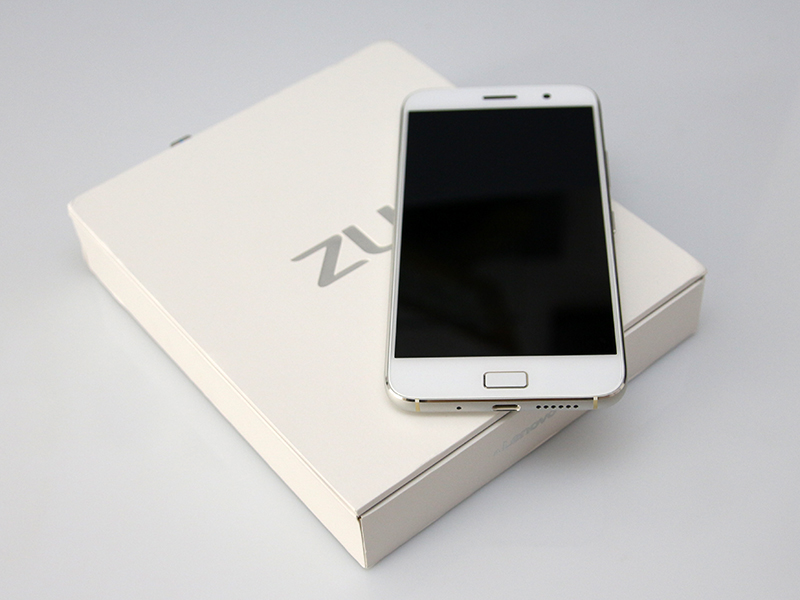
The ZUK Z1 is the spin-off’s first smartphone, and it’s obviously designed to impress the geeky crowd. The phone runs Cyanogen OS 12.1, based on Android 5.1.1. Mind you, this is not CyanogenMod, there are no nightly builds, this is not a community effort, Cyanogen OS is proper operating system with Google support, and it’s developed and maintained by Cyanogen (as in the company rather than the community).
If the ZUK Z1 sounds a lot like the OnePlus One, that’s probably no coincidence, and neither is the fact that it’s showing up just as OnePlus rolls out two new phones (the OnePlus Two and OnePlus X). There are a few notable differences. OnePlus has moved to its own Oxygen OS, and the OnePlus Two is a more expensive device based on a faster processor. In terms of pricing, the ZUK Z1 is closer to the 5-inch OnePlus X.

The ZUK Z1 is based on Qualcomm’s Snapdragon 801 processor, backed by 3GB of RAM and 64GB of eMMC 5.0 storage. The phone packs a 5.5-inch 1080p display capable of reproducing 100% NTSC gamut, a fingerprint scanner, 4100mAh battery and USB Type-C. At the back, you’ll find Sony’s good old IMX214 13-megapixel sensor, with added optical image stabilization (OIS).
It might not use the latest processor or camera sensors out there, but at $299 via resellers, the ZUK Z1 is quite a bit cheaper than the OnePlus Two, yet it has a bigger battery.
Design and Build Quality
The ZUK Z1 features a conservative design, perhaps too conservative. We like the aluminium alloy frame, which has an impeccable finish, and we also appreciate the fact that the back is curved, creating the illusion of a thinner device.

The phone measures 152 x 78 x 8.5 mm. Thanks to the 4100mAh battery, it can’t be very thin.

Luckily, thanks to its curves, it doesn’t look or feel 8.5mm thick. It tips the scales at 175g, the same as the OnePlus Two, with a 3300mAh battery.

The back is plastic and it’s not removable, so neither is the battery. The finish is glossy, and like all glossy devices, the ZUK Z1 can be a fingerprint magnet. The glossy finish doesn’t look or feel cheap, but we’re still surprised by Lenovo’s decision to use it. Most vendors have moved to matte plastic or polycarbonate, various “satin” finishes, glass or alloy.
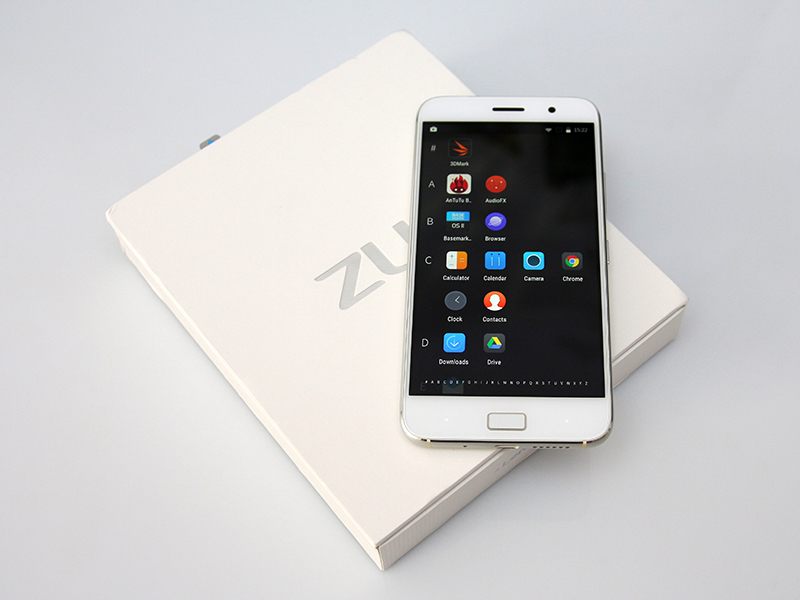
The ZUK Z1 is available in white and dark grey, and we would go for the grey version for a couple of reasons, but this is entirely subjective.
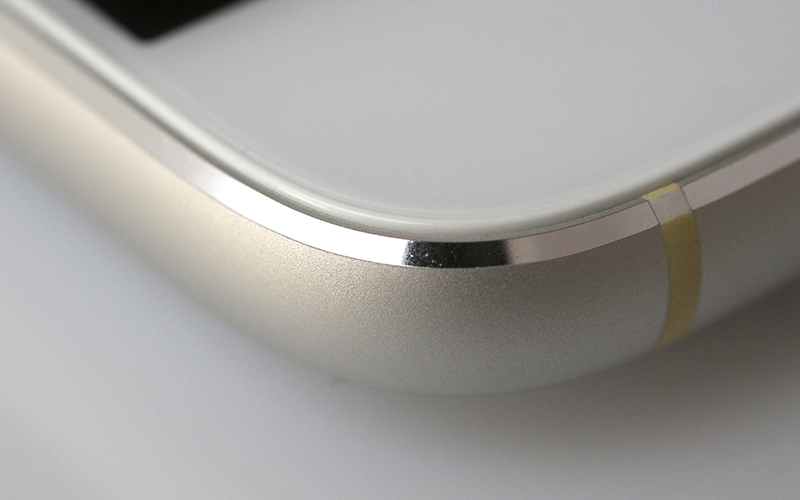
Build quality is excellent and we have no complaints whatsoever. The aluminium frame feels very sturdy, everything is put together beautifully, with no gaps between the frame, back cover or bezels.

Every little detail looks and feels right. The bezels aren’t very big and the design hides them quite well.

The volume rocker and power button are located at the right. They are aluminium and they feel good. The home button houses the fingerprint scanner and both work flawlessly.
However, at the end of the day, the ZUK Z1 looks like a conservatively designed phone. We wouldn’t call it boring, but it’s definitely not exciting, either. Perhaps Lenovo decided to play it safe in order to appeal to more people in more markets?

The company has a track record of launching conservatively designed notebooks, tablets and phones – some may even call them bland – but we were hoping for something a bit flashier for the new brand.
Lenovo ZUK Z1 Specs and Performance
The ZUK Z1 has a killer spec, but some chip geeks might not be too happy with it. The reason is the Qualcomm Snapdragon 801 processor, which was used on a number of 2014 flagships. It packs four custom 32-bit cores and Adreno 330 graphics. However, despite its age, the good old 801 still packs a punch and manages to outpace 64-bit Cortex-A53 octa-cores used in many mid-range phones. Sure, a Snapdragon 810 or 808 would have been better, but let’s not get ahead of ourselves.
- Lenovo ZUK Z1 specs:
- SoC: Qualcomm Snapdragon 801 (MSM8794AC), 28nm
- CPU: Four Krait 400 cores up to 2.5GHz
- GPU: Qualcomm Adreno 330 up to 578MHz
- RAM: 3GB LPDDR3 933MHz
- Storage: 64GB eMMC 5.0 internal storage (single partition), non-expandable
- Display: 5.5-inch 1080p IPS panel
- OS: Android 5.1.x/ Cyanogen OS 12.1
- Rear camera: 13-megapixel Sony IMX214 sensor, f/2.2 aperture, OIS
- Front facing camera: 8-megapixel OmniVision OV8865
- Battery: 4100Ah lithium polymer, non-removable
- Dimensions: 152 x 78 x 8.5 mm
- Weight: 175g
- WiFi and Bluetooth: 802.11b/g/n/ac WiFi and Bluetooth 4.1
- Sensors: ambient light, direction, accelerometer, compass, proximity, gyroscope, hall, GPS, A-GPS. GLONASS, BeiDou
- SIM card: dual SIM (nano SIM), dual standby, dual 4G
- Other noteworthy features: FM radio, USB Type-C
- Network support:
2G: GSM 850/900/1800/1900MHz
3G: WCDMA 850/900/1900/2100MHz
4G: TDD-LTE 1800/2100/2600MHz (B38 / B39 / B40 / B41), FDD-LTE (B1, B3, B7) (Make sure to check regional compatibility prior to making a purchase)
So, apart from the 2014-vintage processor, does anything else stand out? The oversized battery is definitely a nice touch, especially when you consider that it didn’t add much weight or thickness. Both SIM slots are 4G-capable.
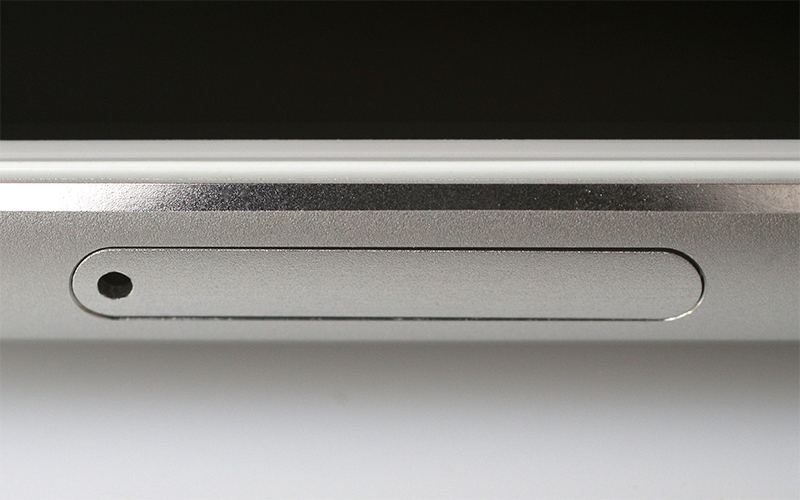
Lenovo’s decision to offer a single version of the ZUK Z1 with 64GB of integrated storage is a bit puzzling. We are confident there would be no shortage of demand for a marginally cheaper 32GB version.
The camera is based on Sony’s IMX214 sensor, the most popular 13-megapixel imaging sensor on the planet. Unfortunately, it’s mated to a slow f/2.2 aperture, but it makes up for it with the addition of optical image stabilization. For now, let’s focus on some dry benchmarks.
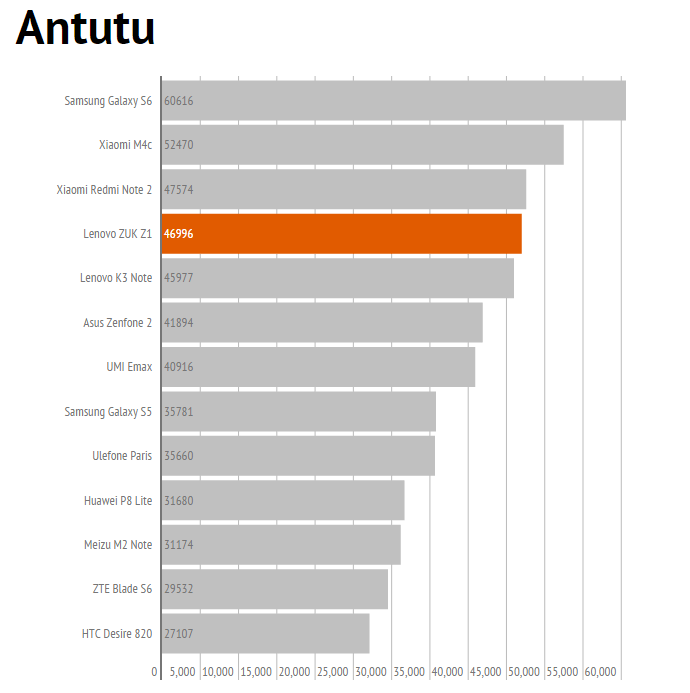
In Antutu, the ZUK Z1 scores 46996, on a par with last year’s flagships and new mid-range devices based on MediaTek octa-cores.
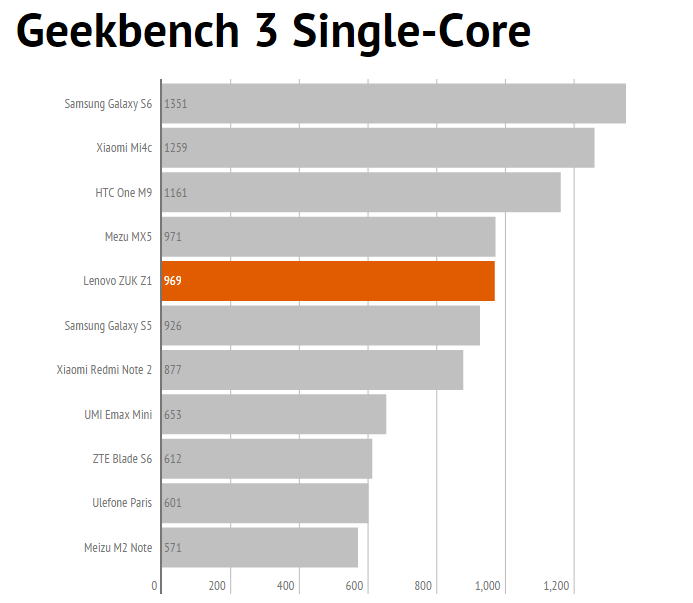
The Geekbench single-core score is quite good, although not on a par with Cortex-A57 chips.
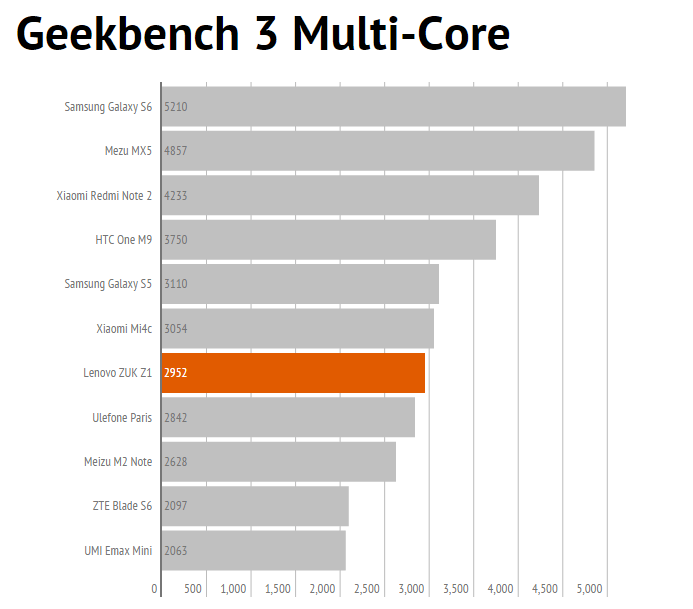
However, the Snapdragon 801 can’t keep up with much cheaper Cortex-A53 octa-cores in multi-core tests.
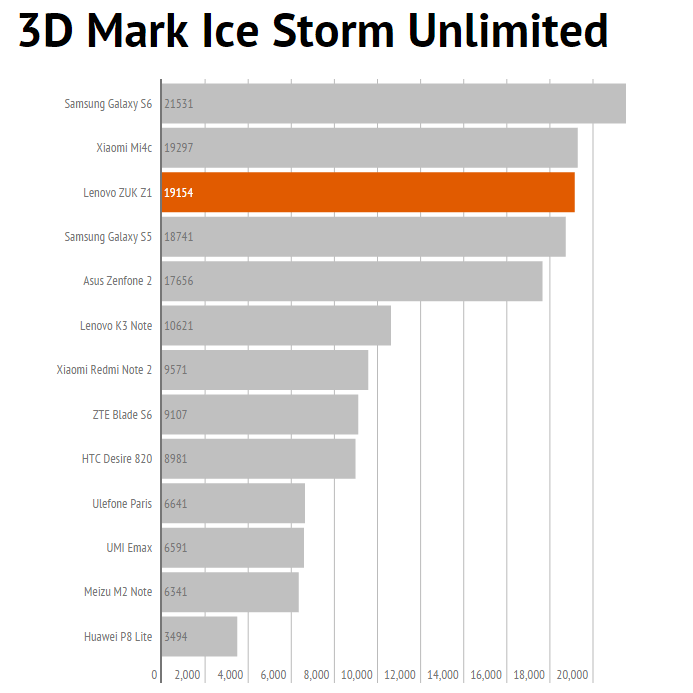
The Adreno 330 GPU manages to pull ahead of mid-range chips in 3D Mark. It’s twice as fast as SoCs with Adreno 405, Mali T760 and Imagination Technologies 6100-series GPUs. The score is almost on a par with the Adreno 418, employed in the Snapdragon 808.
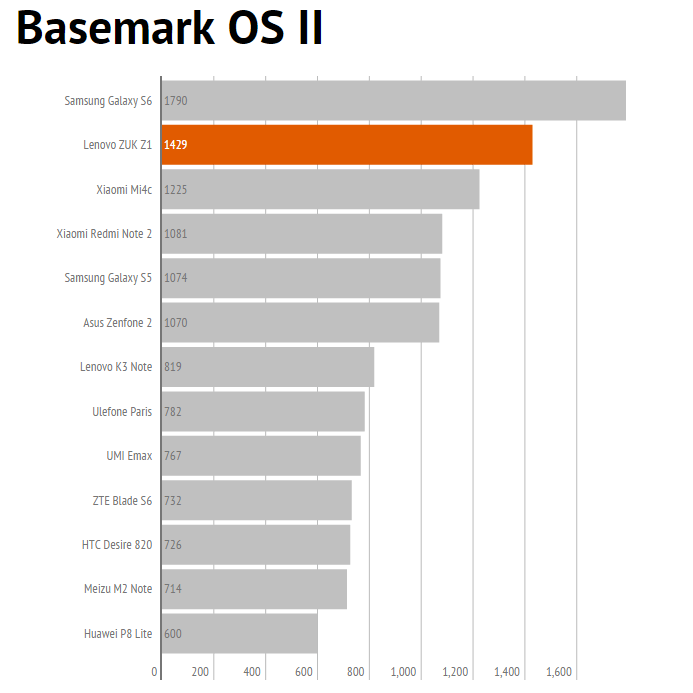
Basemark OS II looks at overall system performance and loves good storage and loads of memory. Therefore, the ZUK manages to outpace the Snapdragon 808-based Xiaomi Mi4c.
Bottom line: Qualcomm’s Snapdragon 801 isn’t the newest chip out there, but it still delivers excellent performance, on a par with the 20nm Snapdragon 808. The GPU is much faster than anything you can get in budget phablets like the Xiaomi Redmi Note 2 or Lenovo’s own K3 Note.
It’s obvious that ZUK opted for the older chip due to cost considerations, but the end-user won’t be missing out on much. Bear in mind that the OnePlus X is based on the exact same chip. Would the Snapdragon 808 be a better choice? Well, it’s a 20nm processor and it should end up more efficient, but in terms of sheer performance, the difference is negligible in real life.
Audio, Display and Camera Quality
The ZUK Z1 is a quasi-flagship device, so we expect top notch display and camera quality.
The 450-nit 5.5-inch display is good and we have no complaints. ZUK states that the display boasts a 1500:1 contrast ration and 100% NTSC gamut reproduction.
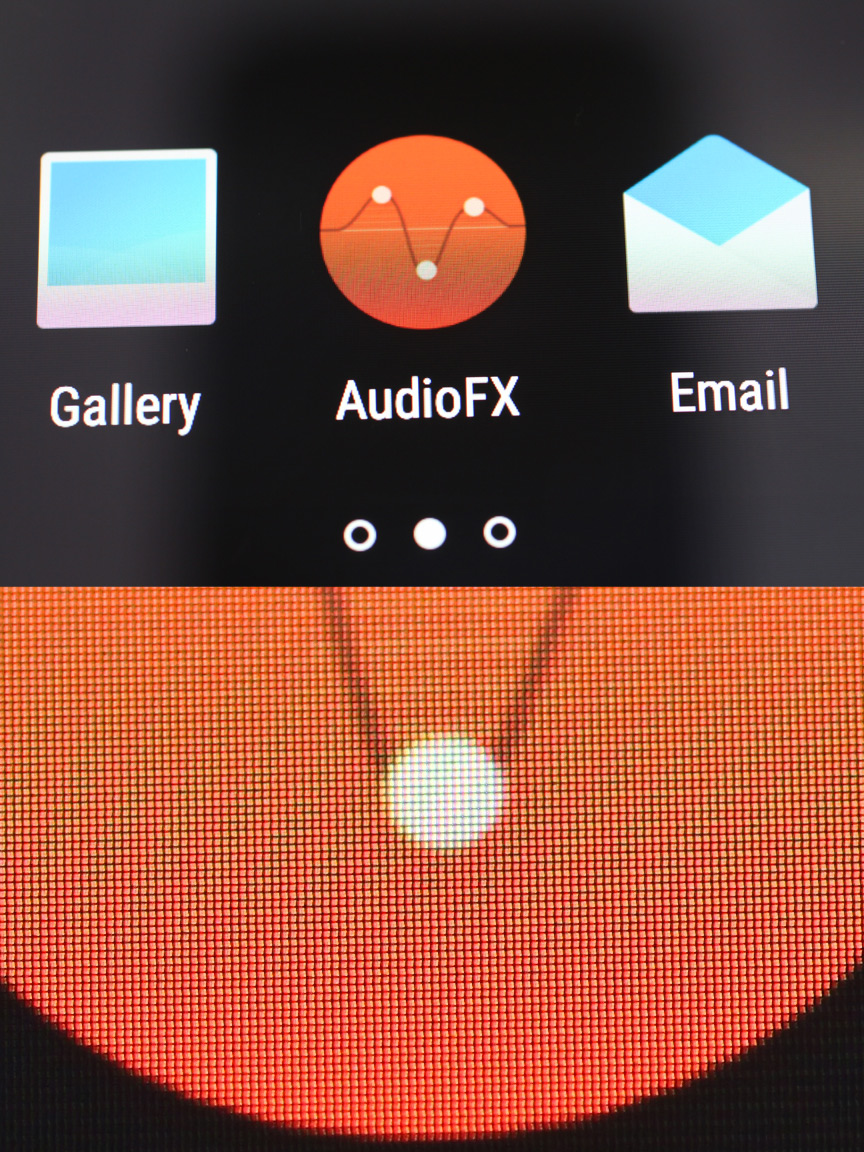
Good hardware is just part of the story. The phone has some clever display tricks up its sleeve, thanks to Lenovo engineering and Cyanogen developers. We liked the LiveDisplay feature, which tunes everything depending on light conditions. LiveDisplay changes the colour temperature depending on the time of day. In other words, the display is cooler during daylight hours, and it switches to a warmer tone at night.
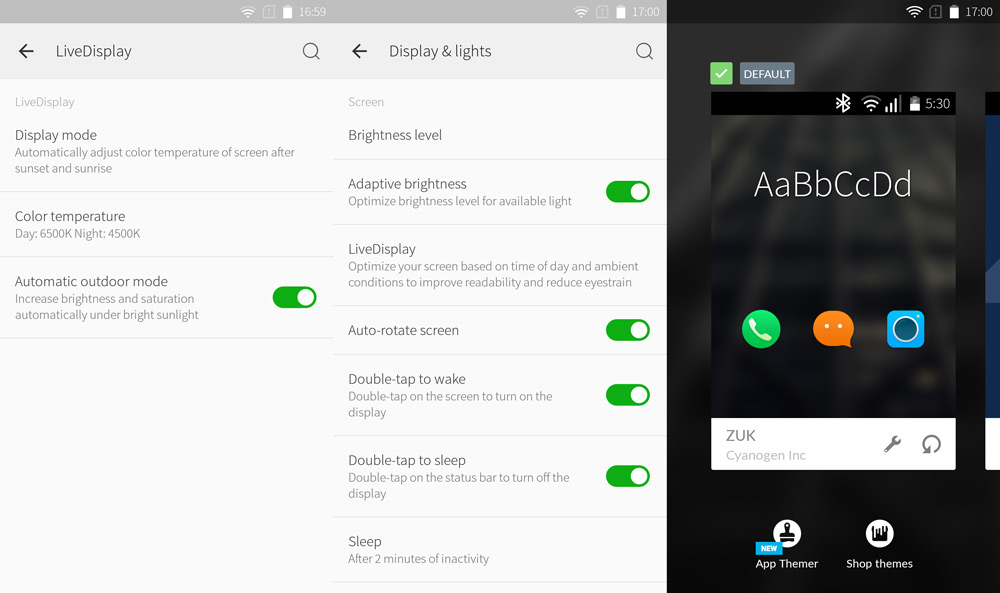
Adaptive brightness works flawlessly and the phone has an automatic outdoor mode as well. You can also tweak the brightness by swiping along the status bar, and you can set the camera app to work at 100% brightness all the time, which is more useful than it sounds (just trust us on this one).

Audio quality shouldn’t be a problem, although we’ve seen better speakers on some similarly priced devices. The side firing speaker on the ZUK Z1 is average. Headphone output is the bright spot, and the included AudioFX app helps as well.
Call quality is excellent, nothing to talk about, pardon the pun
 .
.
What about the camera? Some reviewers blasted the ZUK Z1 for having a subpar camera, so we didn’t expect much. However, as our sample images prove, the IMX214-based camera isn’t bad at all. It’s possible that these early review units shipped with unpolished camera software, because we weren’t disappointed by the performance at all.

Daylight indoor photos were very good, probably the best we’ve seen on an IMX214 device.

Night shots weren’t as good, probably due to the limited f/2.2 aperture. However, they were still above average for this type of sensor.

Outdoor shots in Audo mode were above average, so we tried playing with the HDR mode.

HDR delivers good results, but we’ve seen faster HDR implementation on slower and cheaper devices. It’s really not a big deal, because quality is not an issue.
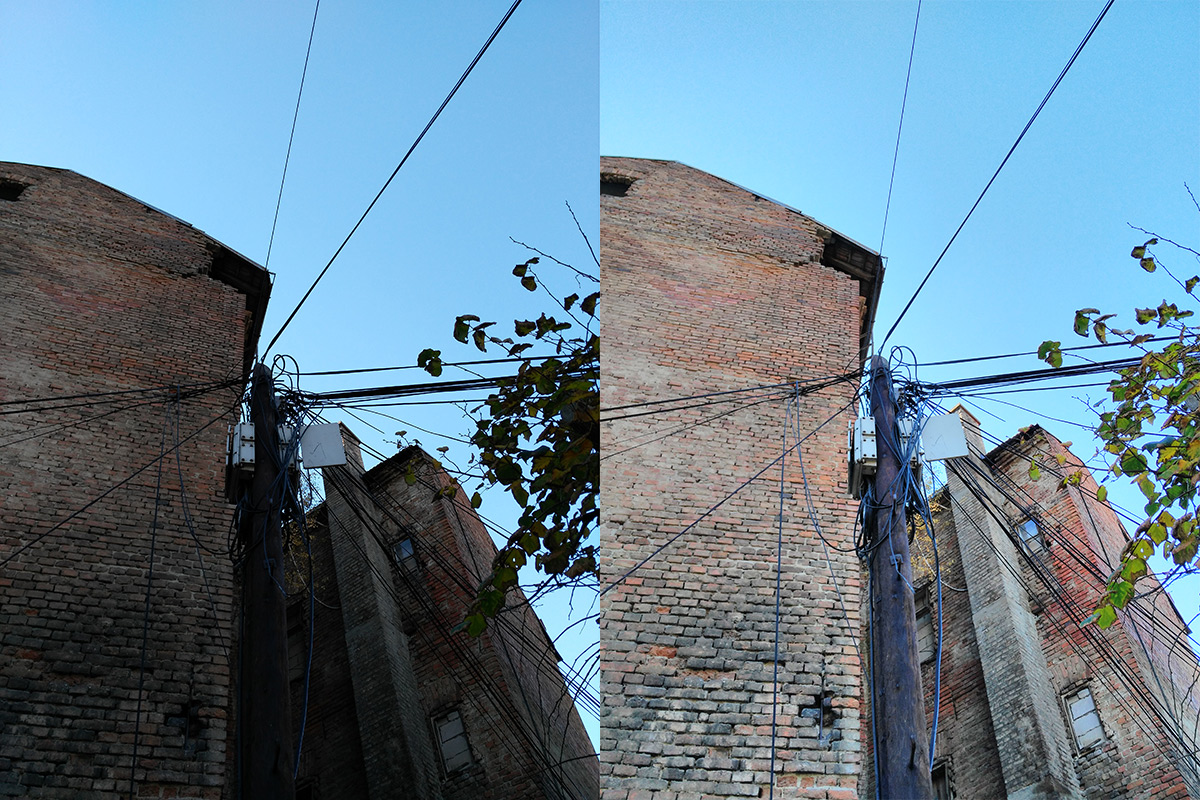
In some (admittedly extreme) lighting situations, HDR can be a tad too aggressive, but on the whole we’d say it delivers above average results.
So how does the ZUK Z1 manage to outperform competing smartphones with the same camera sensor, despite its inferior aperture? Optical image stabilisation is the answer. The ZUK Z1 can afford to expose the image a bit longer without blurring it. The slow aperture does take its toll, as low-light images still end up with a fair amount of noise. Could stabilisation be to blame for HDR lag? We can’t say for sure, but it’s a possibility.
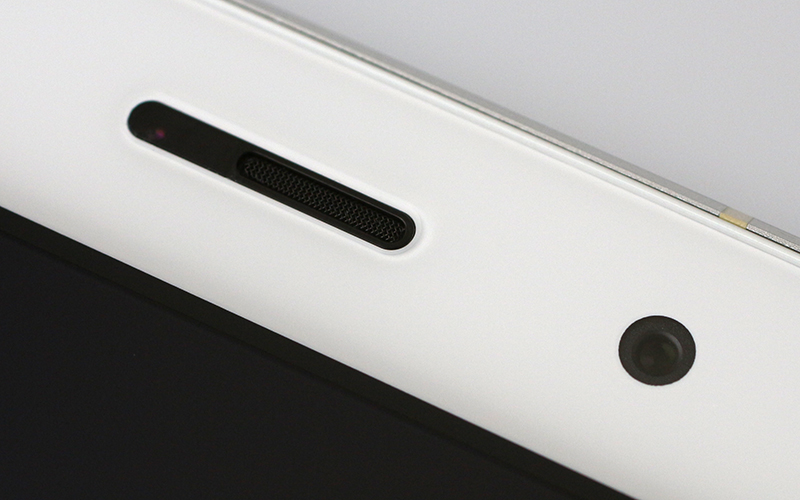
The 8-megapixel front facing camera is good and more than sufficient for the occasional selfie and video call. The ability to max out the display brightness also helps if you’re taking selfies or talking to someone in a poorly lit environment.
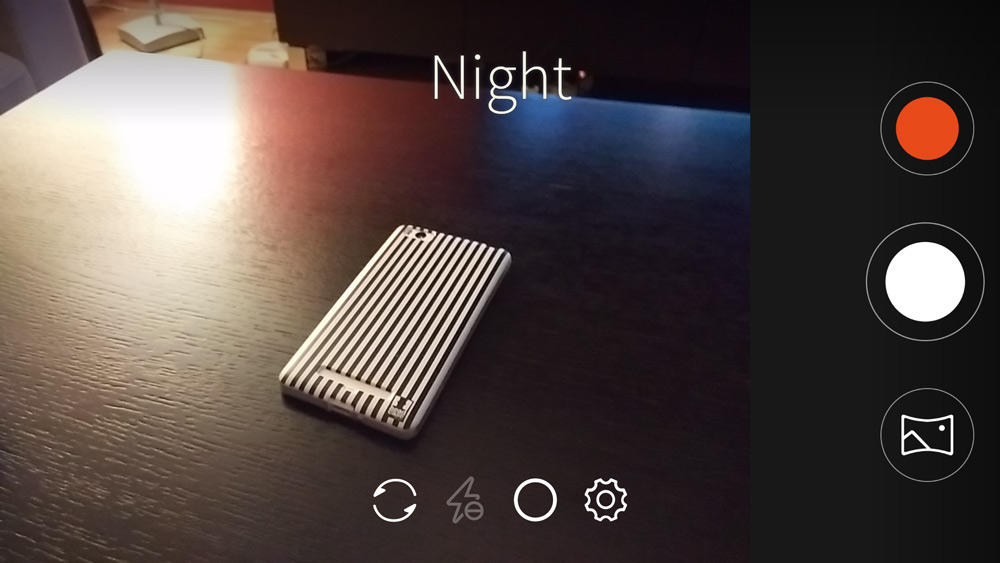
The camera app is minimalistic, but all the key features are on board. You can easily change shooting modes by a simple flick from the top of the screen, you can use the volume rocker and power buttons to take a shot, and you can tell the camera app to pump up the display brightness to 100%.
There’s also a few filters to choose from, and the photo editor is quite good as well.
OS, UI and Everyday Use
This is where the ZUK Z1 really shines. Cyanogen CM12.1 is a pleasure to use, especially if you’re a power user, bent on tweaking every possible detail.
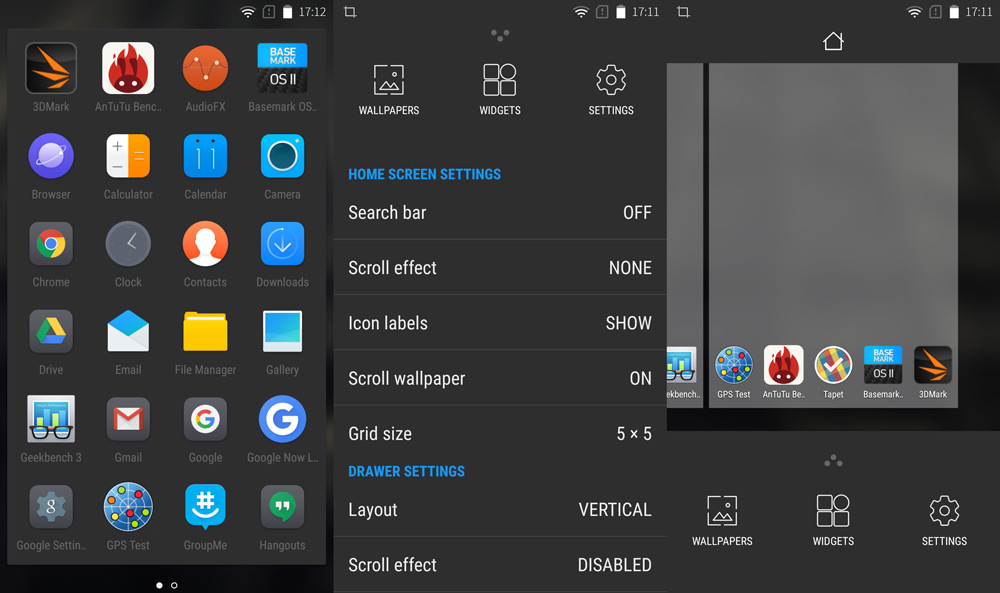
As far as visual appearance goes, Cyanogen is still sticking to its “close to stock Android but not quite stock Android” mantra. The ZUK Z1 ships with its own theme, but you can choose a custom Cyanogen theme if you don’t like it. MIUI may have a lot more themes to choose from, but Cyanogen themes tend to be high-quality designs, with a lot more consistency.

The Trebuchet launcher is one of the most powerful and customisable launchers in the Android universe. You can tweak just about anything, from the icon grid size, to minute aesthetic details. On top of that, there’s practically no learning curve. If you feel at home on stock Android devices, you’ll get along with Cyanogen nicely. We won’t waste time describing Cyanogen, but we will underscore the difference between CyanogenMod and Cyanogen OS.
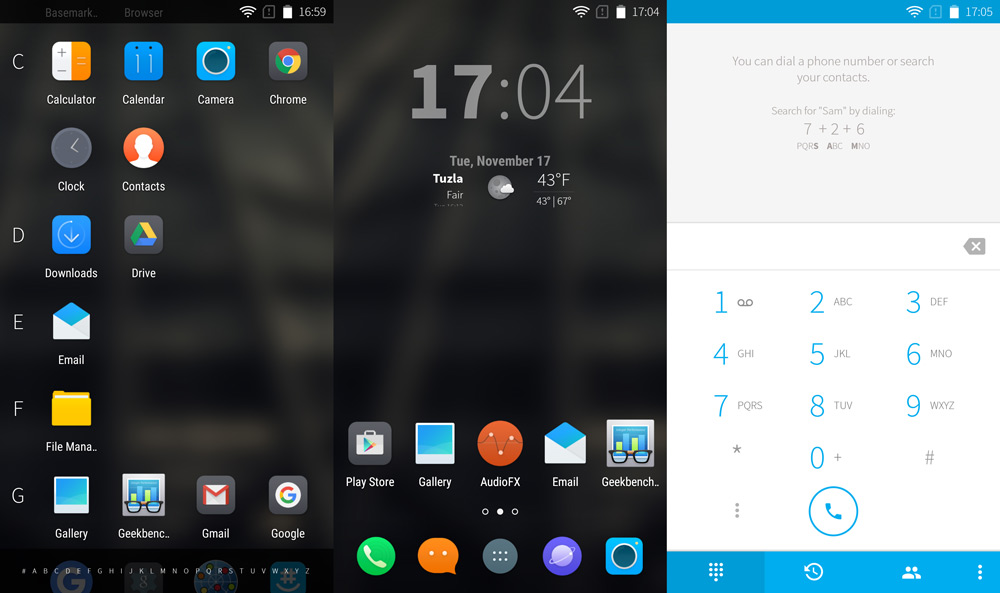
We already pointed out that this is a proper Android-based operating system, not a community project. It’s published and maintained by Cyanogen Inc, not the Cyanogen community. In other words, if you played with CyanogenMod on your phone, and experienced some bugs and glitches, chances are you won’t get to “enjoy” any of them on the ZUK Z1. The OS works like a Swiss watch and we did not notice any bugs or kinks whatsoever.
We liked the Trebuchet launcher, the search-friendly app drawer, the ability to customise just about anything, and we also liked the contemporary UI design. Cyanogen OS looks and feels polished.

What’s the ZUK Z1 like to live with? Well, for starters, it’s a phablet and it’s quite big. Luckily, it’s not much bigger or heavier than your average 5.5-inch phone, despite its oversized battery. The glossy back cover feels like glass, but in reality it’s hard plastic. It looks good, but it attracts grease and can get slippery in sweaty hands.
The curved sides and back help make the ZUK Z1 a bit more manageable, it just feels a bit smaller than it actually is.
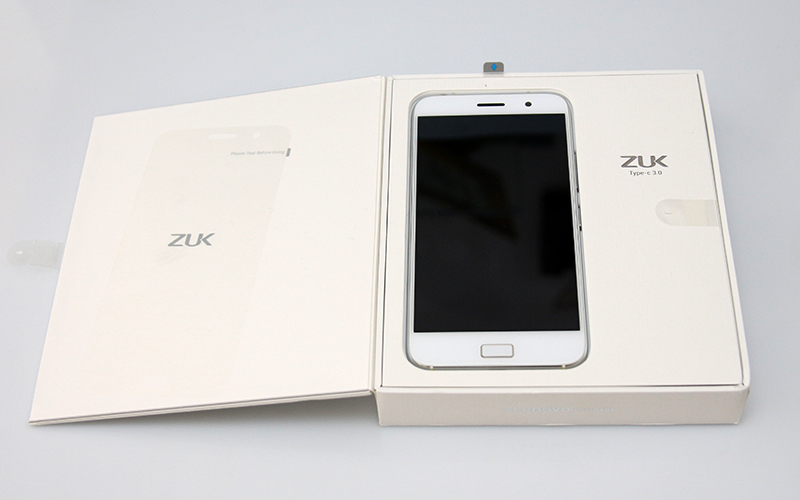
From an ergonomic point of view, the Z1 is a good design. Everything is where you’d expect it to be and you should get used to it in minutes.

The home button, which doubles as a fingerprint scanner, feels good, although it has a bit too much travel for our taste (which is entirely subjective).
As for the fingerprint reader, we did not experience any issues whatsoever. Unlocking the phone with your thumb takes about half a second and the scanner appears to be very reliable. We tried to fool it from different angles, but it wasn’t easy. In normal use, you should get a very good hit rate. We can say that the scanner is on a par with units found in flagship devices from the likes of Samsung.

You can play around with the button layout and add a range of different functions for long-press and double-tap actions, so you can create a camera shortcut, or answer a call with the home button etc. This sort of stuff is what Cyanogen fans love, and even if you’re not one, you’ll learn to appreciate many of these tweaks.
Now for the icing on the cake. Although the ZUK Z1 is as thick and heavy as most 5.5-inch devices, it sports a potent 4100mAh Li-Poly battery. Despite the beefy hardware, the battery can keep you going for hours. Even if you are an extremely heavy user, you should have no trouble getting through the day. In a more realistic, moderate use scenario, you should get two days out of your Z1, easy.

The phone relies on a USB Type-C port for charging, which is still a mixed bag. On the one hand, it’s more practical than the old micro USB standard, but you won’t find a lot of USB Type-C chargers in the wild. Luckily, the big battery means you’re not likely to run out of juice at a bad moment. Even so, it might be a good idea to invest in some cheap USB Type-C adapters, one for the car, one for the office and so on.
Lastly, we took a look at GPS performance and we can report it's good. It took us 5-7 secodns to get a lock in our office.

Conclusion
We started this review with all sorts of expectations. Early reviews criticised the ZUK Z1 for having a subpar camera and fingerprint reader. On the other hand, our experience with Lenovo phones has been quite positive, so we didn’t expect the company to botch the ZUK Z1. However, it seems it did botch the launch, but not the device itself.
We can only conclude that some reviewers ended up with first-batch samples that weren’t ready for prime time because we did not encounter any of the camera and fingerprint issues they found (and looking at some of their sample pics, these issues were real). By the time we got our sample, a couple of OTA updates were out and we did not experience any fingerprint or camera problems. To the contrary, we can report that fingerprint scanner performance is as good as you’d get on a $600 Samsung, while the camera is average for a $300 device. Thanks to OIS, some users may argue it’s even above average, but it all depends on the type of shots you take.
What are the shortcomings? A shiny Snapdragon 808 processor would have been a nice touch, but the 801 is still a very capable chip. There is no microSD slot, but thanks to 64GB of eMMC storage, this shouldn’t be an issue for most users. In fact, as far as storage goes, we would have liked a more affordable 32GB version, because we are sure it would find a lot of takers. There is no NFC, either, and LTE support may be a problem in some regions, so please do your research if you decide to buy this baby.
Over the past few months we had a chance to review dozens of phones from small Chinese brands and some global players like Asus, Lenovo and Huawei. The ZUK is a different beast. The new Lenovo brand has global aspirations, and it’s not in the business of making cheap, commoditised phones. ZUK Z1 is not a bargain bin device, but it doesn’t perform like one, either. Prices at GearBest start at $299 shipped from China, while European consumers should expect to pay about $349 from EU stock (faster shipping, no customs issues). It might not be a “flagship killer” but it’s not far behind. Depending on what you need and look for in a phone, the ZUK Z1 can be an excellent daily driver, thanks to its snappy hardware and excellent OS, not to mention the two-day battery.
Can we recommend it? Yes. It’s halfway between the OnePlus Two and OnePlus X in terms of pricing, yet it’s much closer to the OnePlus Two in everything else (save for choice of CPU).
Lenovo ZUK Z1 Pros and Cons
Pros:
- Good all-round performance
- Polished and snappy operating system
- Impressive battery life
- 64GB of eMMC 5.0 storage
- Camera with OIS
Cons
- Sluggish HDR mode and f/2.2 aperture
- Bland design with glossy back
- No NFC support
- No 32GB version, no microSD slot

